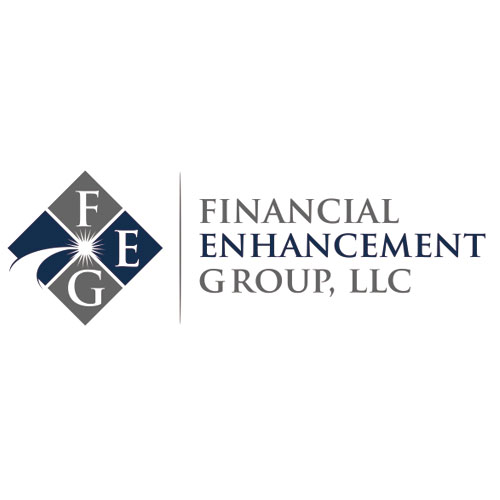[vc_row][vc_column width=”1/4″ offset=”vc_hidden-xs”][vc_widget_sidebar sidebar_id=”sidebar-main”][/vc_column][vc_column width=”3/4″][vc_column_text]
The movie Jerry McGuire had many funny lines but one memorable soundbite speaks to the importance of understanding your investments: “Show me the money!” While some investors interpret that line as a demand to prove an investment’s performance, another famous line from the 20th century may also come to mind: “Where's the beef?” You should rarely engage in a business relationship without understanding how both parties are compensated. What's in it for you and what's in it for them. The challenge for investors is they don't recognize a third-party participant referred to as Wall Street.
When you engage a broker, you should ask what they charge for their services. Based on their response, you can decide whether the service provided justifies the cost. Perhaps you go around the broker and use a low-cost trading firm like Schwab or TD Ameritrade. Still, there remains a third party in the mix.
Every stock listed on an exchange has a published bid price (what they will pay for a share) and an ask price (what they want to sell a share). Why two different prices? They have to make a market in the shares. The average amount from the bid to the ask price is one penny per share. You might think that's not so bad. But keep in mind that if you bought it, then your neighbor sold it. We are now at two pennies a share.
Wall Street currently ranges from 2 to 3 billion shares a day or $40-50 million dollars each day the market is open, according to NYSE market data. When you inquire about broker fees, that number is not included. Nor is it included when you ask the low-cost trading firms. The big issue is that it is also not included in a mutual fund expense ratio. The number is so big that it has led John Bogle, founder of Vanguard, to remark on the unknown trading fees (what the brokers get on trades inside the funds) as well as expenses for the trade itself. Bogle naturally benefits from the conversation as he touts passive index funds with little trading.
Wall Street needs to get paid and has reduced the spread greatly from when we traded in 1/8th increments. That was 12.5 cents per share each way! They cut the cost, but they also increased the daily average volume by more than 10-fold. How did that massive increase in volume occur? Wall Street counted on the two greatest human investing emotions: fear and greed.
Before people could check their 401k balance online multiple times daily, we received just one retirement statement annually. The information on that statement had the ability to create an emotion once every 12 months, leaving most of the trading to be done by professionals in the back rooms. Today, you can track your account values 24 hours a day, opening the door for a roller coaster of intraday emotions. It’s these emotions that generate Wall Street revenue. Keep your emotions at bay.
Disclaimer: Do not construe anything written in this post or this blog in its entirety as a recommendation, research, or an offer to buy or sell any securities. Everything in this post is meant for educational and entertainment purposes only. I or my affiliates may hold positions in securities mentioned in the blog. Please see my Disclosure page for full disclaimer.[/vc_column_text][/vc_column][/vc_row][vc_row][vc_column offset=”vc_hidden-lg vc_hidden-md vc_hidden-sm”][vc_widget_sidebar sidebar_id=”sidebar-main”][/vc_column][/vc_row]


